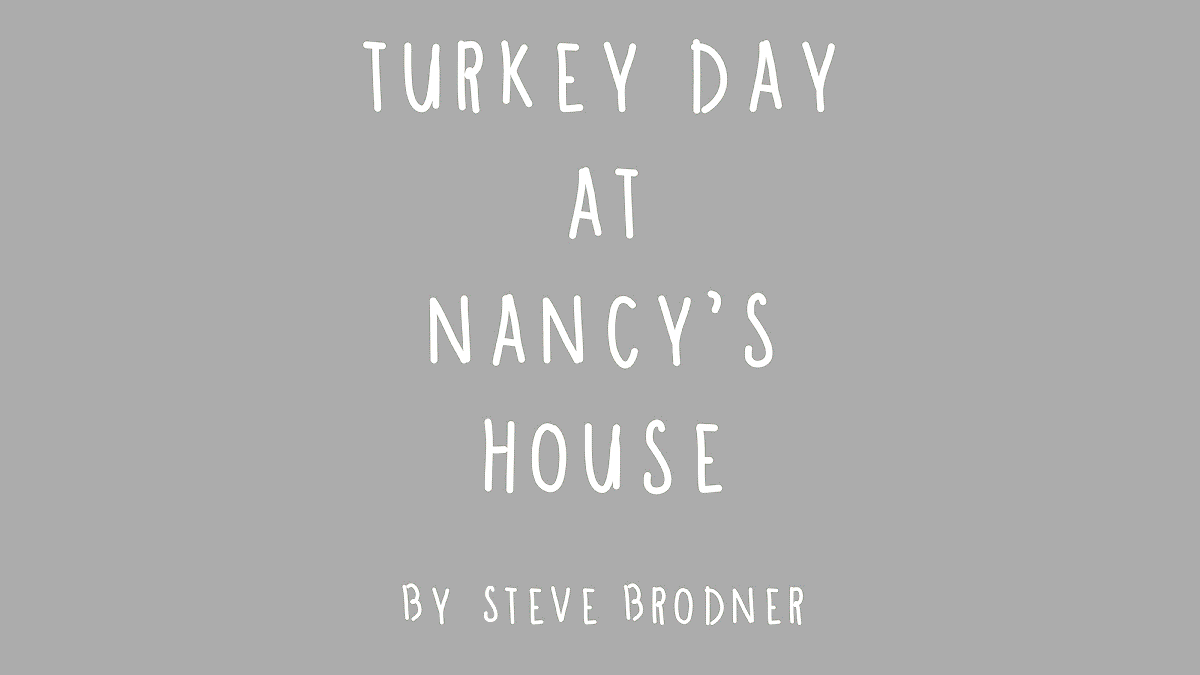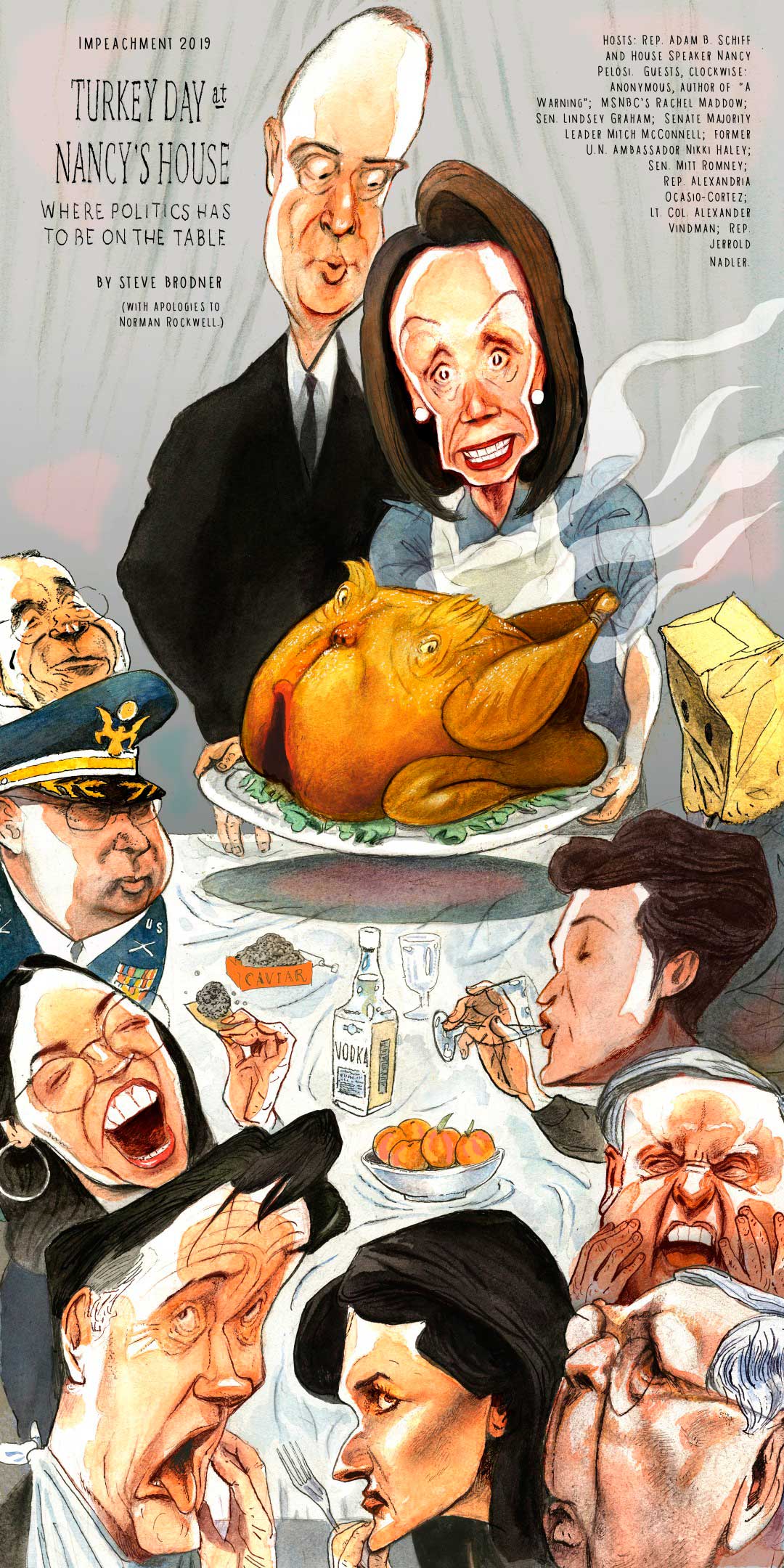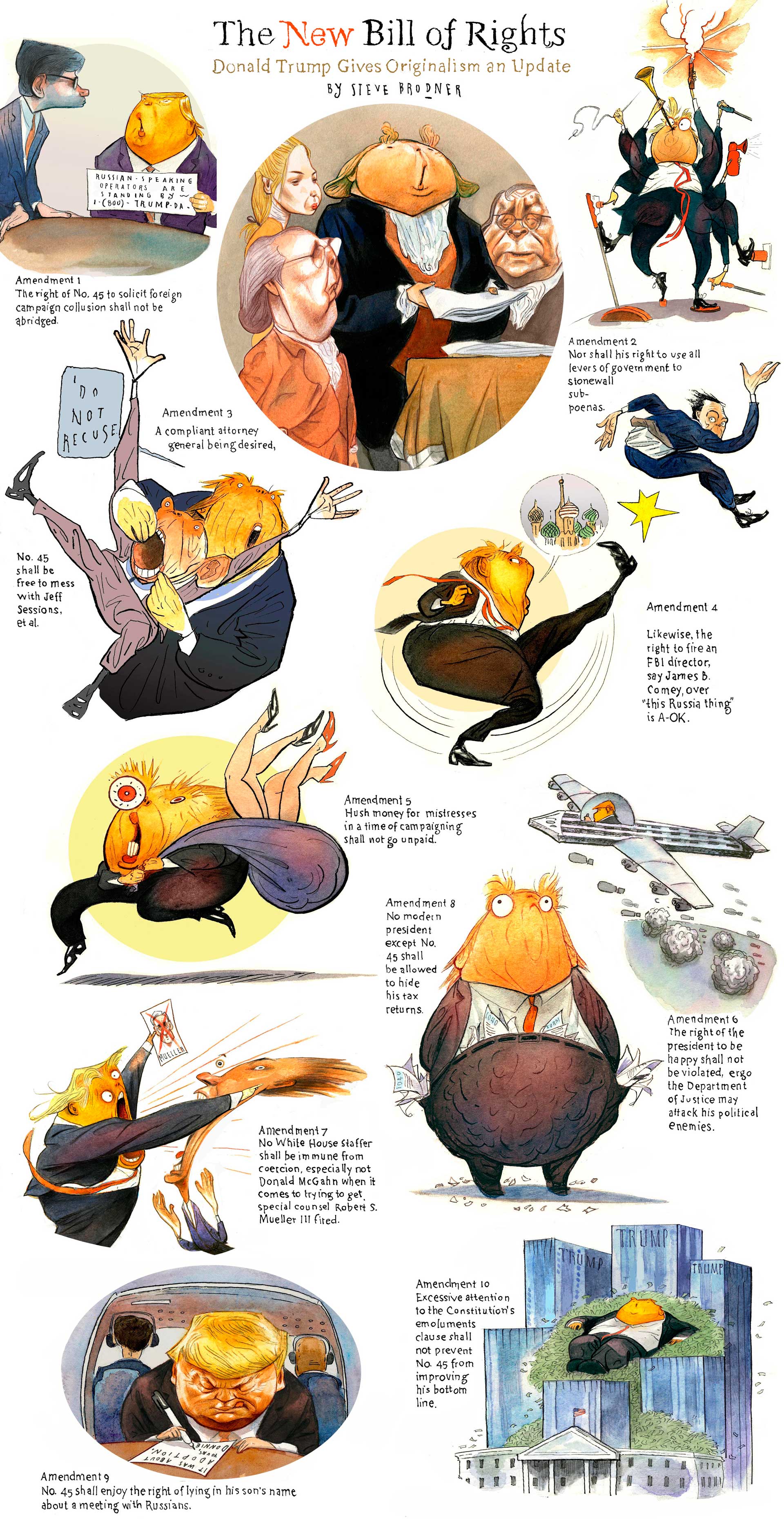Watch Meet cartoonist Steve Brodner on PBS. See more from Need To Know.
Recently when the wonderful Matt Wuerker’s editorial cartooning Pulitzer triggered a hit job on the art by a writer at Slate my old pals at Need to Know decided to investigate the issue of cartooning on the web. This introduced me to the amazing Hannah Yi, who herself is the perfect exemplar of the new media maestro she is reporting on. She showed up at my studio with camera, audio equipment, using my lights (no make-up ,as you can see) and with another big skill set as interviewer. She handled the visuals beautifully, did screen grabs, threw in music and edited with elan. You can see more of her work HERE.
Thanks to her for this perceptive piece of writing and movie. Hannah, you are the future. Thanks for the lesson. I’m glad you think I’m making progress.
From Paper to Pixels: Political cartoonists Leap into the Digital Age
Matt Wuerker was touching up the colors on a cartoon of President Obama wearing gym shorts, a tank top and sweatband, when he was interrupted by a sudden burst of commotion in the Politico newsroom. The Pulitzer Prize winners had just been announced online.
“It was very surprising,” said Wuerker, who hadn’t expected any sort of excitement during what seemed like a typical Monday afternoon. He had just won $10,000 and journalism’s top prize for his editorial cartoons. “The newsroom all jumped up, and I got to run around and high-five everyone.”
Breaking news alerts and tweets quickly pointed out the significance of how Politico – along with The Huffington Post – was one of the first online news outlets to win the Pulitzer Prize since its inception in 1917.
But in the wake of Wuerker’s win, the cartooning profession has also come under scrutiny, as media critics debate its contemporary relevance in the increasingly digital world of infographics, photo memes and data visualizations.
Slate’s Farhad Manjoo fired the first shot with his piece, “Editorial Cartoons Are Stale, Simplistic, and Just Not Funny,” in which he called Wuerker’s genre “an increasingly timeworn form…blunt, one-dimensional jokes, rarely exhibiting nuance, irony or subtext.” Manjoo went on to suggest that the Pulitzer committee should “cast a wider net and get more flexible in how they recognize graphical journalism.”
Video: Cartoonist Steve Brodner on creating political satire for the YouTube generation. Produced by Hannah Yi
Wuerker is the first to admit that political cartoonists have enjoyed a monopoly over editorial graphics until now. “We had it really good for several centuries when American political cartoonists – even dating back to the Revolution – didn’t have to share that part of the media landscape with anyone else,” he says.
The earliest example dates back to the 1870s when cartoonist Thomas Nast took on New York City’s political machine Tammany Hall and its leader William “Boss” Tweed. Nast’s cartoons about their corruption plastered the cover of Harper’s Weekly. Eventually the power of ink and paper sprinkled with satire led to the downfall and arrest of Tweed. Fast forward to the 1950s when cartoonist Herblockdepicted the Cold War hysteria and even coined the word “McCarthyism.”
“Herblock cartoon’s against McCarthy had a profound effect in the same way Doonesbury cartoons were effective during Watergate,” said Hess. But whether he could name a recent cartoon with similar impact, “Oh, I don’t think so.”
Hess partly blames the blunted impact to the simple fact that the traditional home for cartoons is on the wane. As print newspapers fold and aggregation websites blossom, cartoonists – along with anyone working in journalism – are left to compete in a fragmented and chaotic media landscape.
“When Thomas Nast was doing cartoons, he had a huge chunk of the media pie, maybe two-thirds since there were very few newspapers then,” said political cartoonist Steve Brodner. “If Nast was a cartoonist today, even with all his talent and passion, he’d only have a crumb of that pie.”
The fight over crumbs is pushing some veteran cartoonists to figure out new ways of giving life to their paper characters.
“I’m finally finding my footing,” said Brodner, who’s been a cartooning for 35 years but only started dabbling in animating his cartoons in 2008.
Brodner’s style fuses his traditional paper cartoons with cutout photos, music and politician sound bites. Viewers of Brodner’s work often see his hand in frame drawing his cartoons. In his most recent work for the Washington Spectator, a pencil sketch of Mitt Romney is layered over photos of Russian Prime Minister Vladimir Putin and Iran’s Ayatollah Khomeini while Brodner voices his own commentary.



